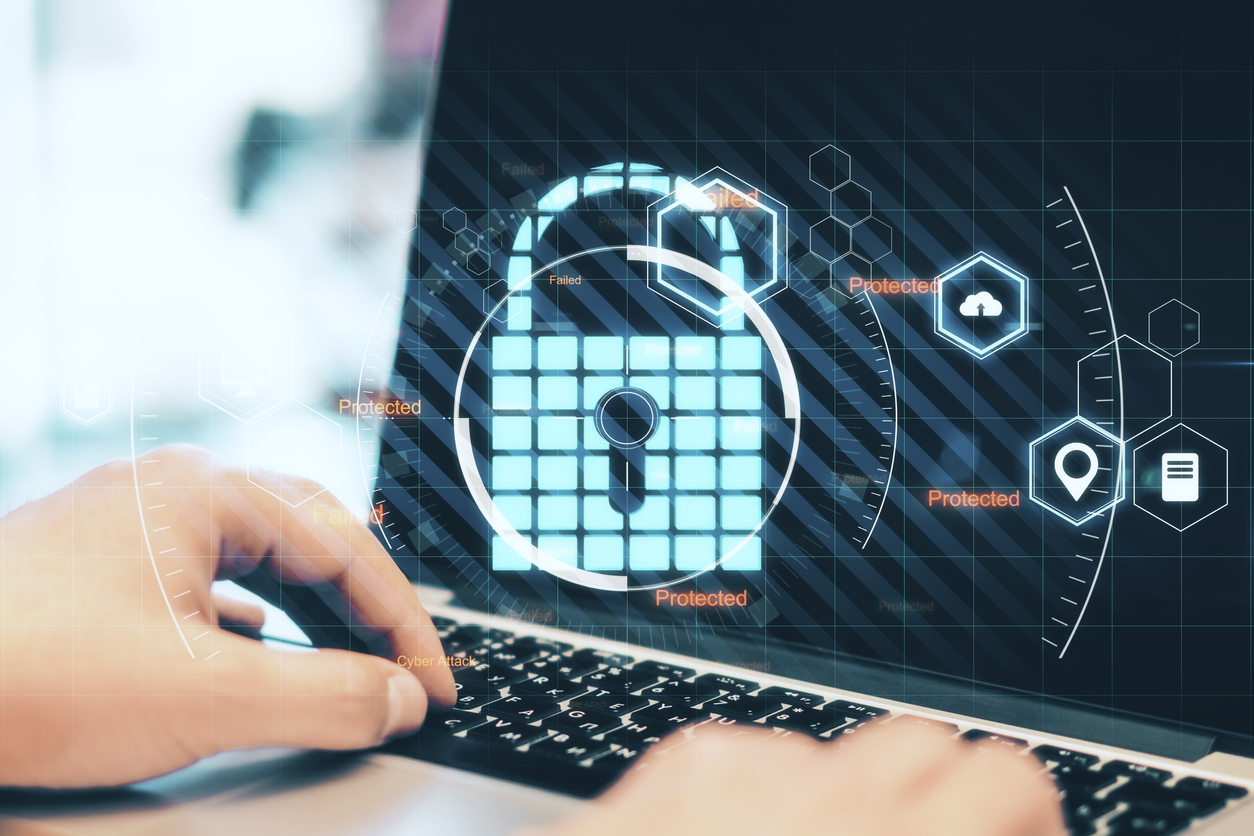Sydney: 02 8272 4000 | Support: 1300 887 664
Specialists in SASE and Secure Modern Working
Security was simple when work was a place you went to
Posted on: August 25, 2022 | 2 minutes read

Back when COVID first triggered the mass exodus of people working from home, few could have imagined that it would become anything other a temporary arrangement, or a short-lived trend at most.
Now it’s a given that most staff will work part, sometimes all, of their time from home, completely changing the nature of work in ways not seen since the advent of punch cards and packed lunches.
And with it of course technology has had to make quantum leaps to accommodate the change, not least of which in the area of cyber security.
The perimeter security model is broken
As we all know, COVID led to a massive surge in cyber incidents as malicious and state-run actors seized on opportunities presented by the general confusion.
Suddenly most users were accessing the majority of their apps from outside the corporate data centre, via SaaS and other platforms, including the public cloud, as well as WI-FI and other unsecured networks, making them – and their organisations and valued data – sitting ducks.
And as a consequence, cyber security is now well and truly a c-suite / boardroom issue, with Gartner recently citing cyber breaches as one of the biggest potential career killers for CEOs moving forward. As if technology leaders weren’t under enough pressure already, those with cyber responsibilities are under the spotlight in ways never before seen.
However, as many would attest, the solutions put forward in the past few years by major technology companies have fallen well short of what’s required.
Many simply came to market with yet more point, or niche, products designed to address new risk and threats as they are detected. While some of these tools have proved to be quite effective, this approach is failing as it has left IT teams with an integration headache.
More progressive solutions providers have, on the other hand, advanced new models and approaches for securing organisations, their staff and critical data in anticipation of the traditional IT perimeter disintegrating all together.
Why SASE solves today’s network security challenges
Most people in the industry are now familiar with the concept of Secure Access Service Edge (SASE). But why is it so important today?
Combining network security functions including SWG (secure web gateway), CASB (cloud access security broker), FWaaS (firewall-as-a-service) and ZTNA (zero-trust-network-access) with SD-WAN capabilities, SASE can support the most dynamic access requirements in ways that weren’t possible, or even required before.
SASE fully solves all of the main cyber security challenges facing organisations today via these five core deliverables:
- Converging network and security requirements into single platform, providing seamless connectivity to all applications across all edges (WAN, Cloud, Mobile and IoT) in any location
- Empowering modern working by providing employees the flexibility to connect and work from anywhere
- Simplifying of IT environments by eliminating the need for multiple vendors and point products
- Controlling access to all cloud services in one platform ensuring data is secure, encrypted and kept within the organisation
- Delivering consistent and compliant IT policies
Extrapolating from these, SASE ensures every user in an organisation has the best available connectivity regardless of location, with seamless access to all applications whether form home or that place they call ‘the office’.
This allows for more consistent – and better all round – user experiences, which are in turn easier to monitor and manage.
All of this for minimum investment, saving money on network spend and freeing up more capital resources to be spent on cyber security as the threat landscape continues to morph and evolve.
Take our 5 min SASE Readiness Assessment to see if you are SASE ready & receive a 10+ page custom report. Click here to access the Assessment now. If you would like further information you can also visit the SASE website here.
Subscribe to the Blog
Be first with all the latest news, insights and reports.


Ask the Author